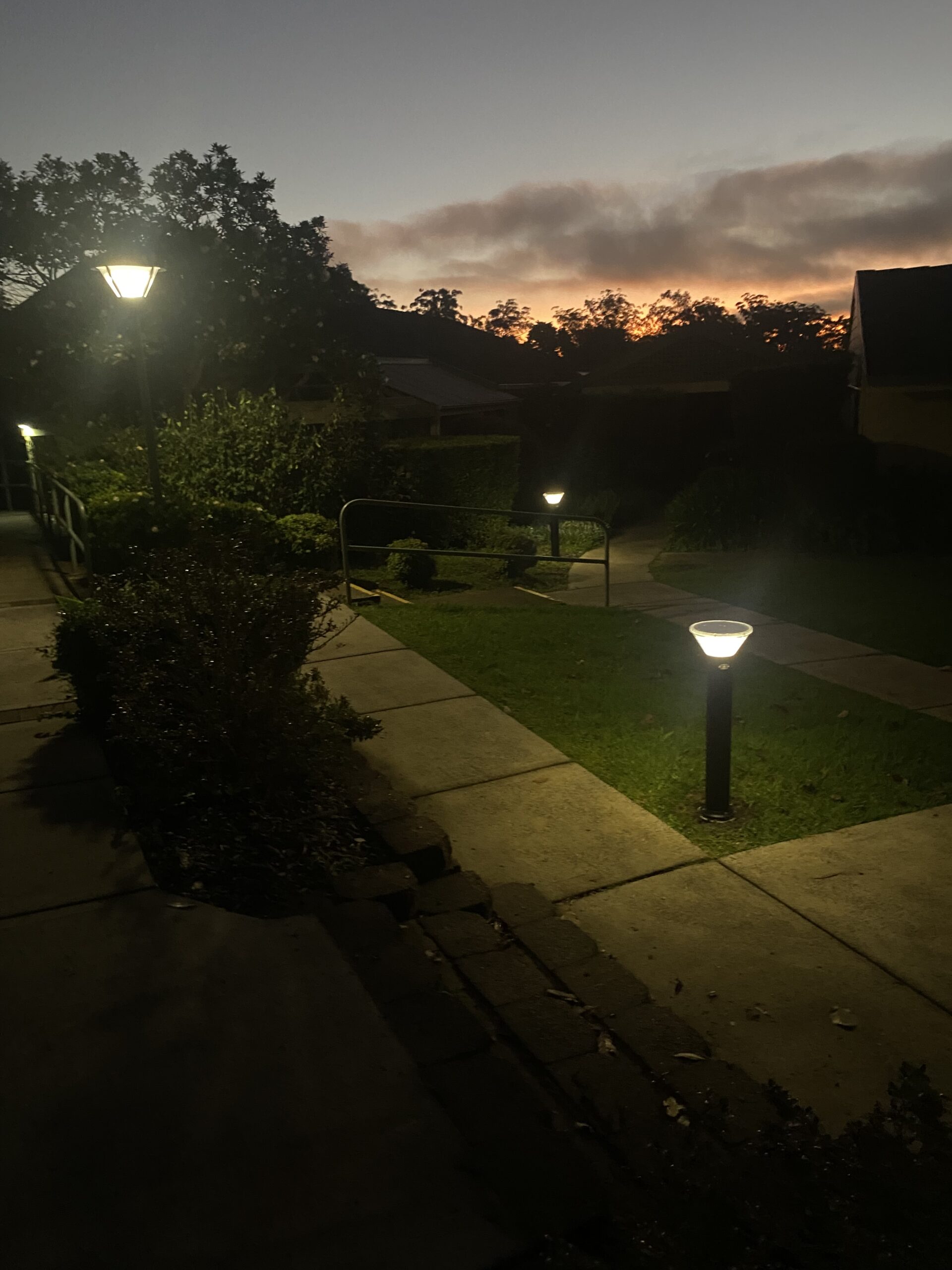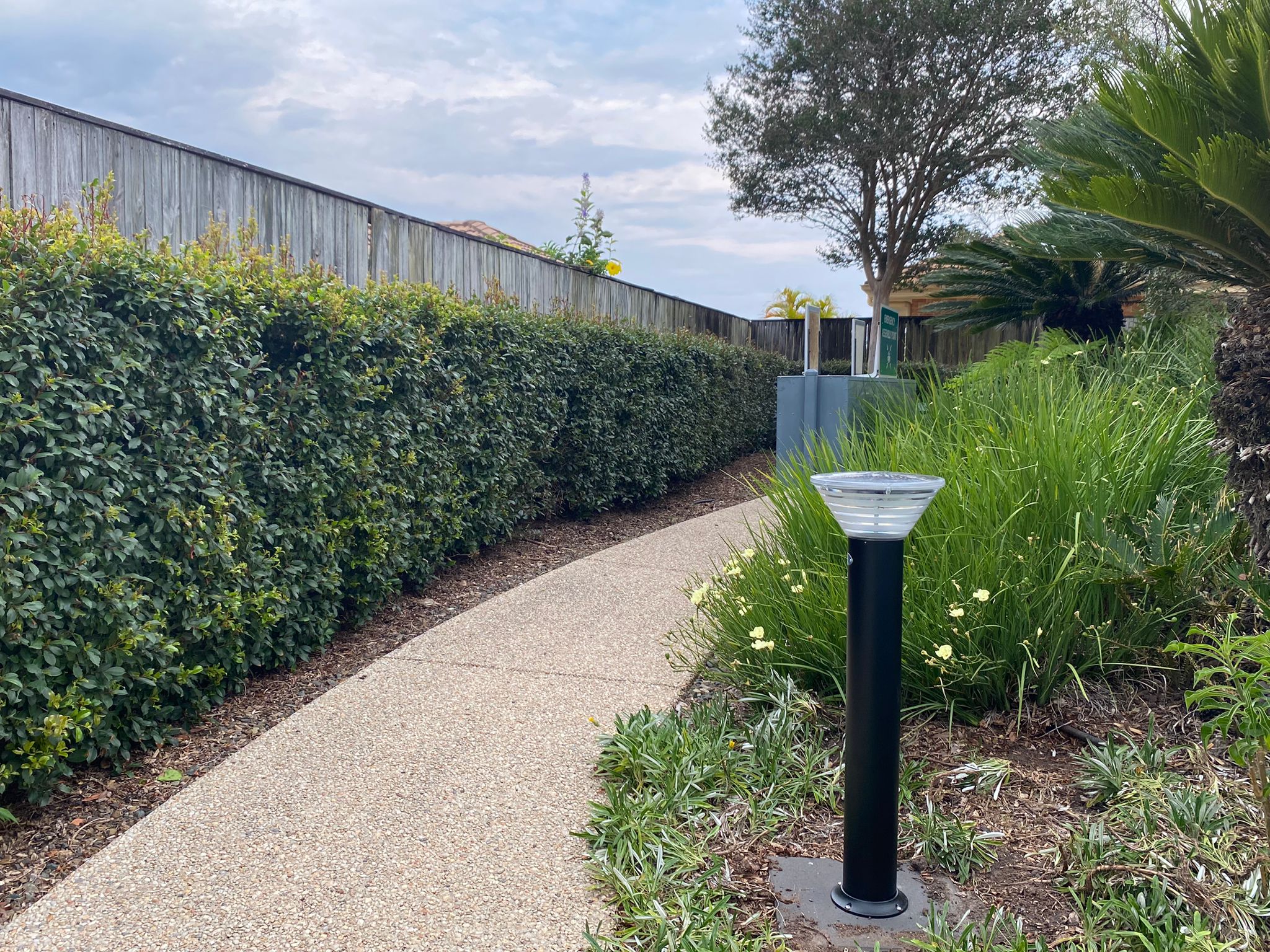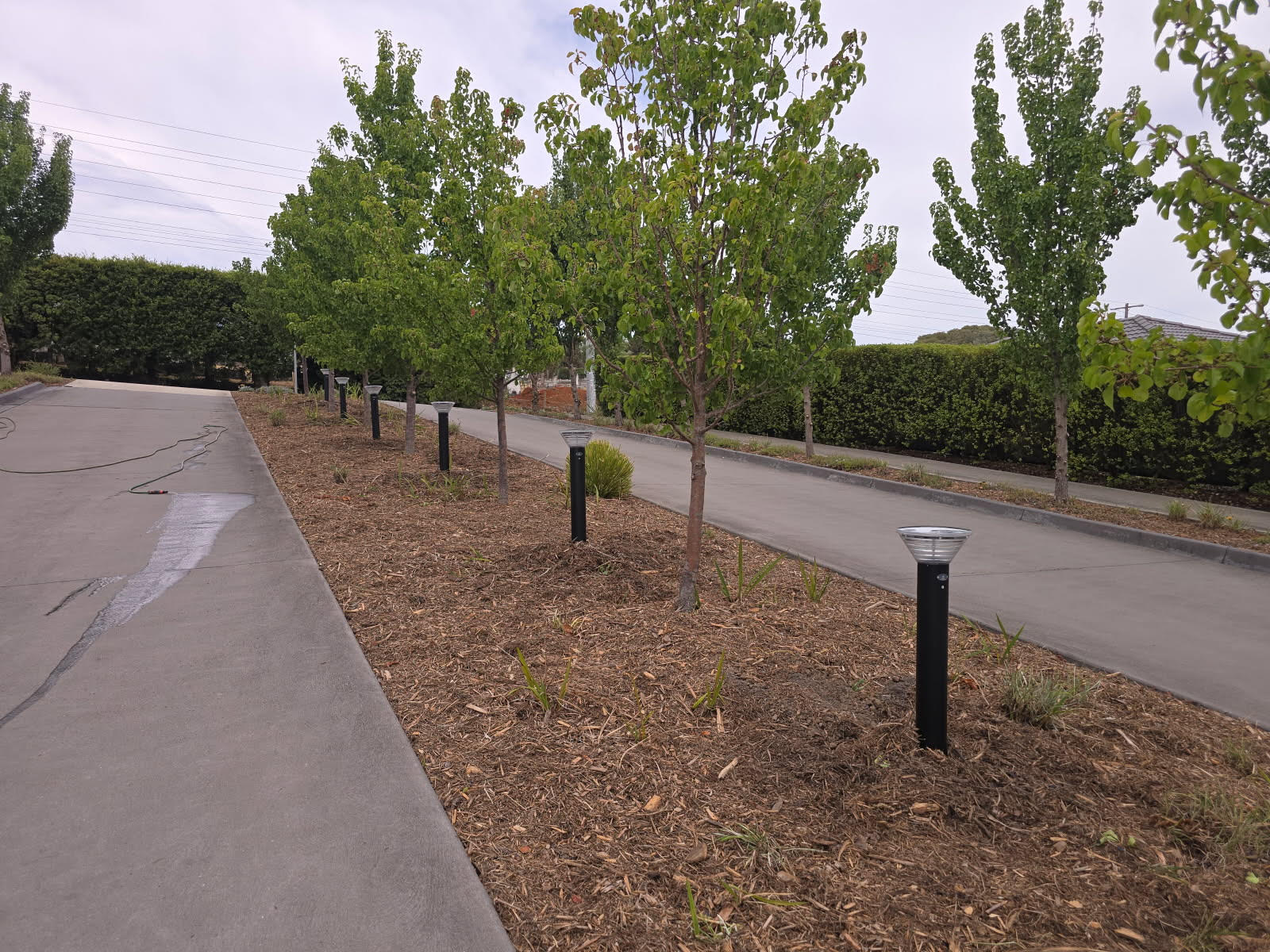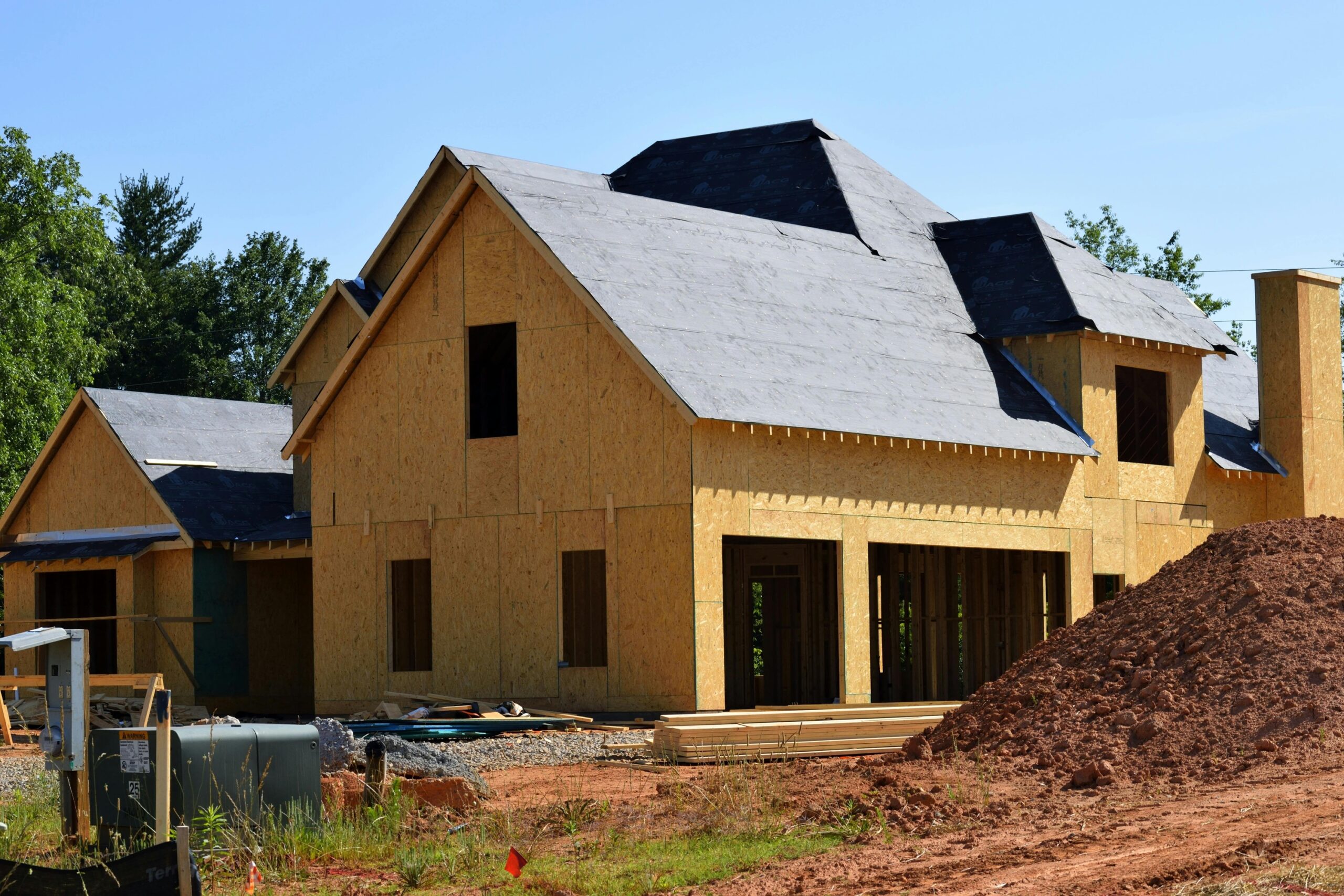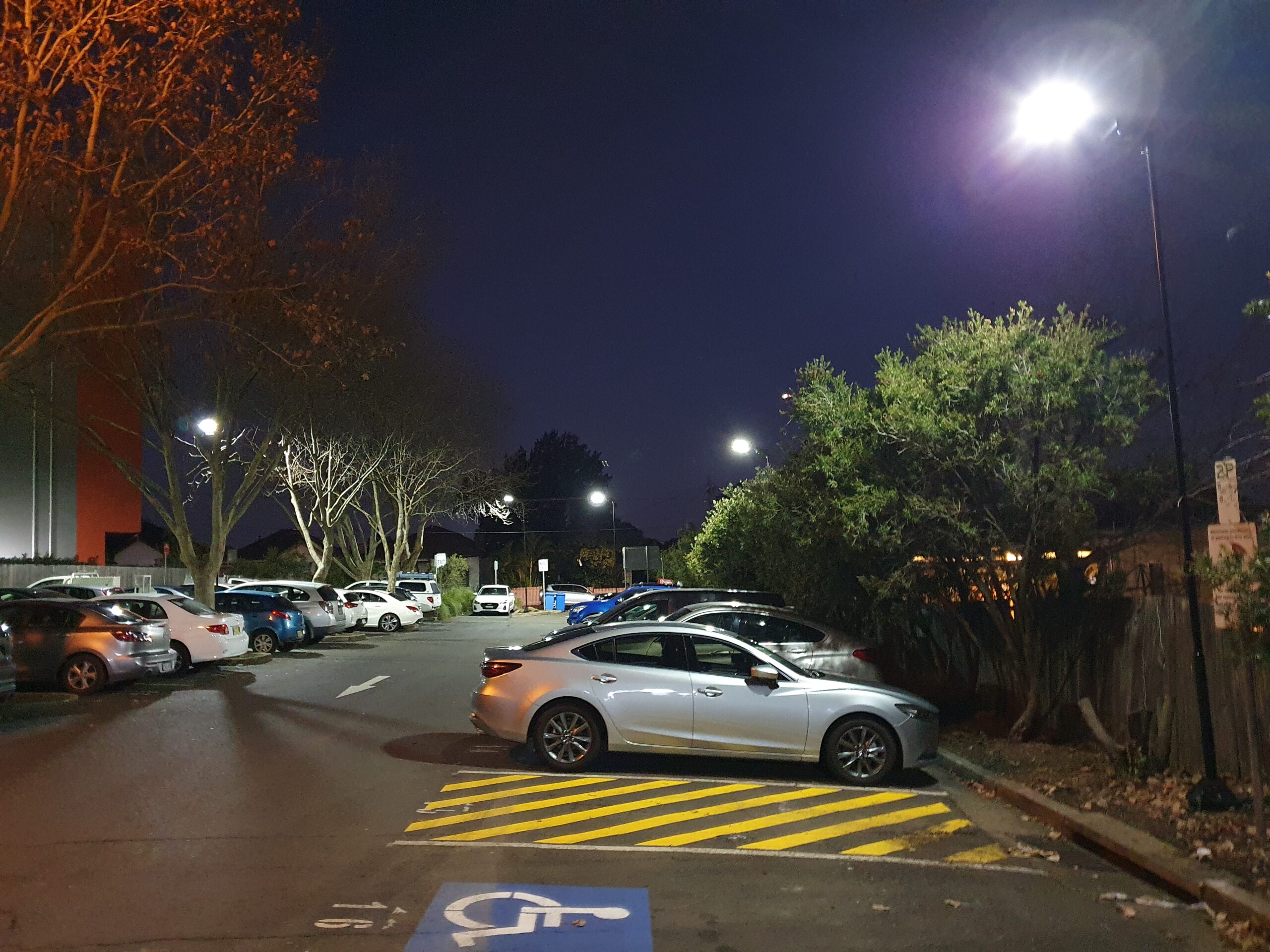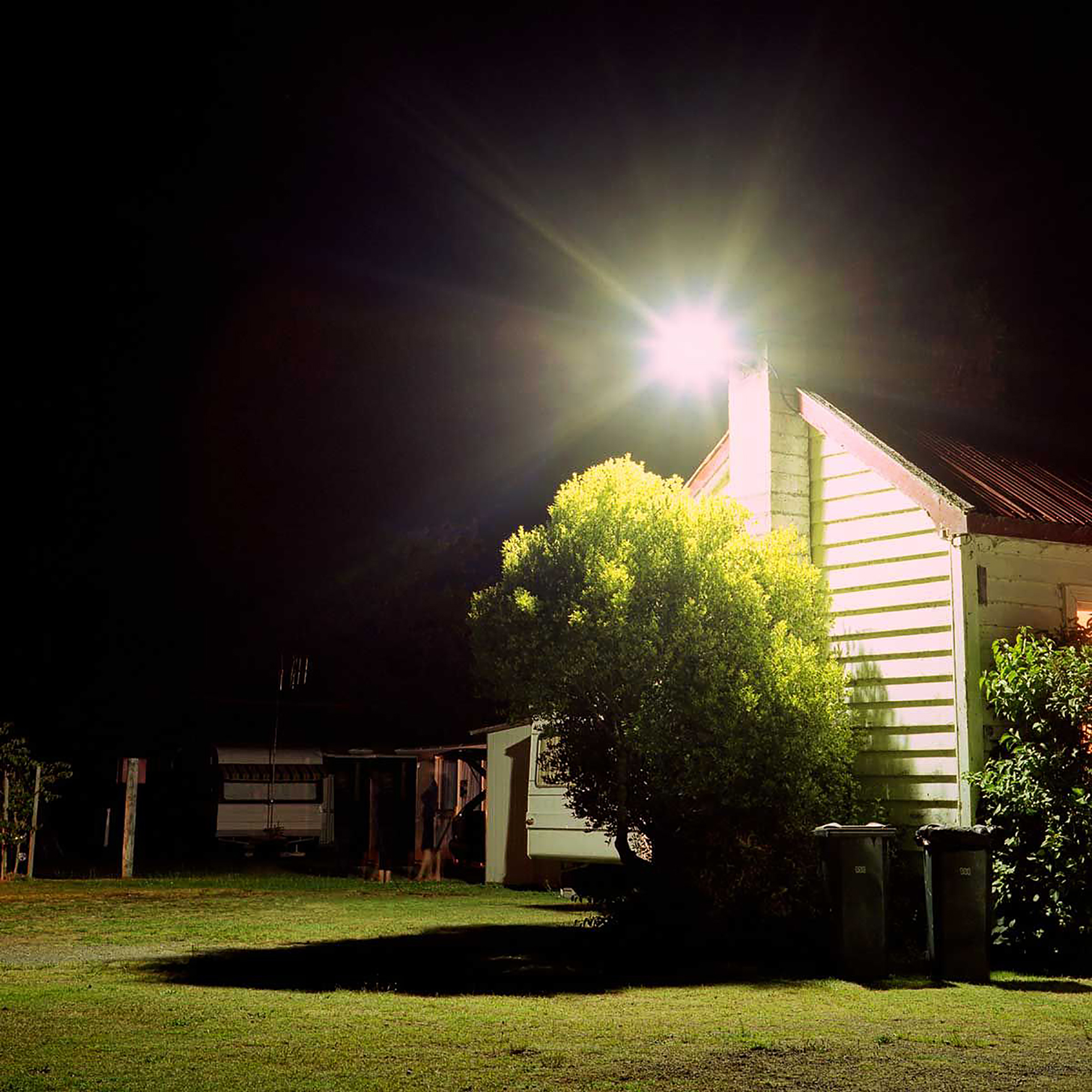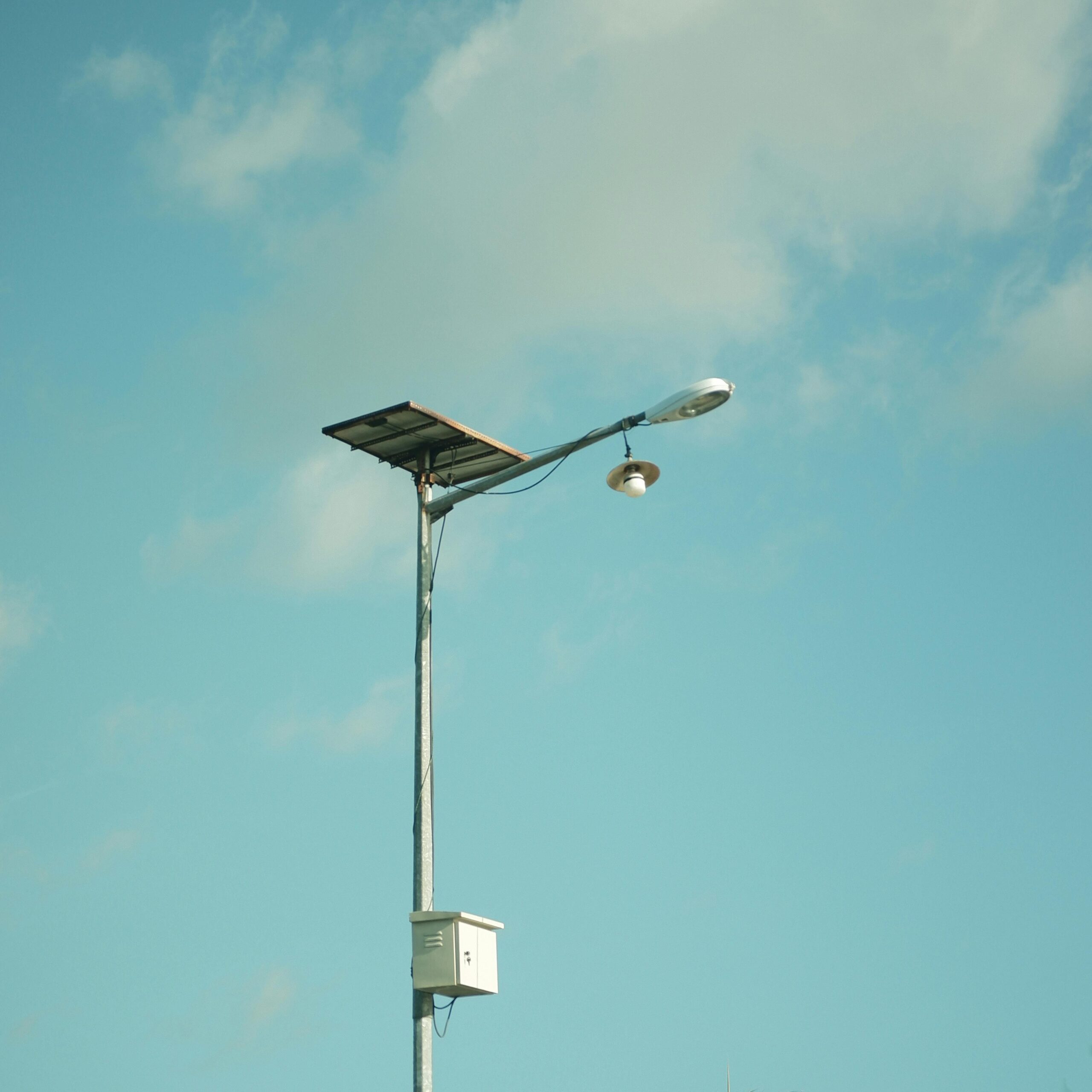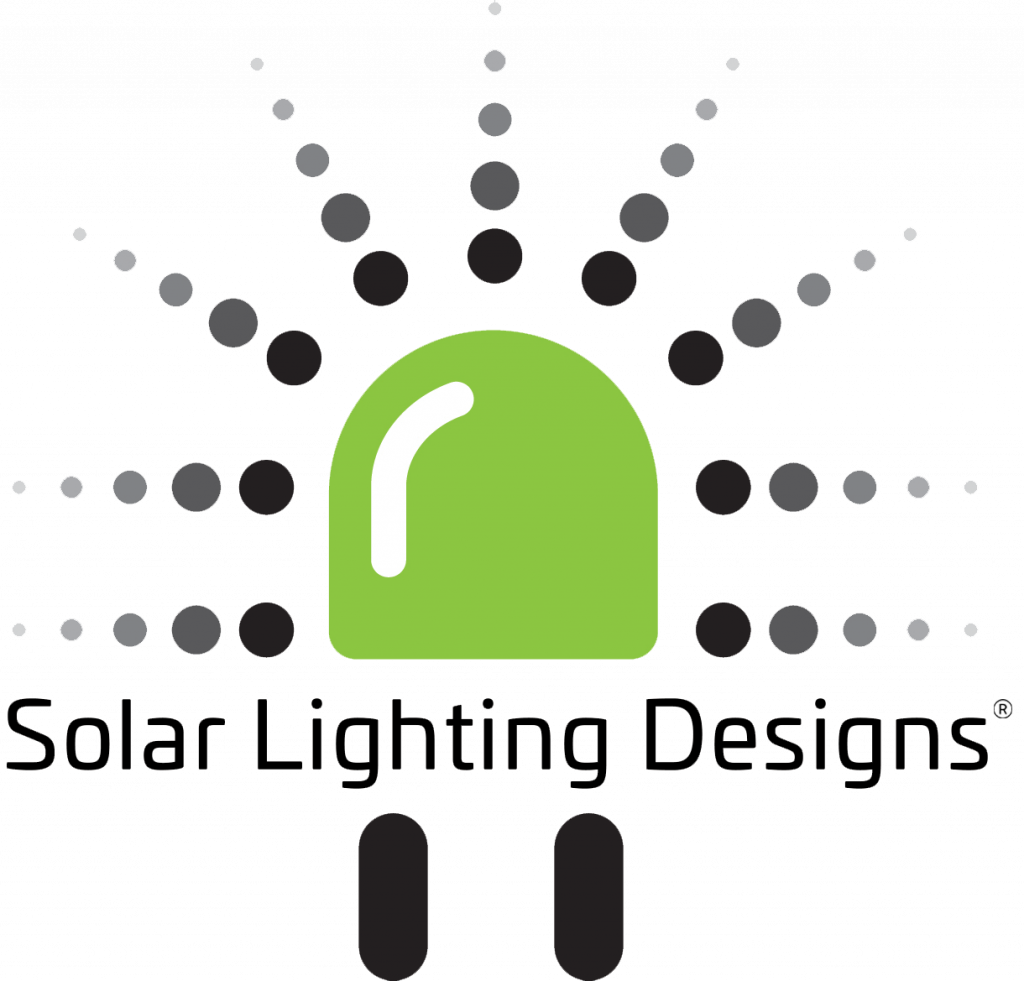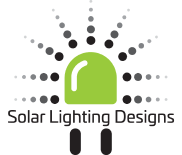Top 5 Reasons Why Solar Street Lights Are the Future of Outdoor Lighting
As Australia continues to lead in sustainable development and green innovation, solar-powered solutions are taking centre stage—none more so than solar street lights. These energy-efficient, low-maintenance, and cost-effective lighting systems are rapidly becoming the go-to choice for local councils, developers, and businesses seeking eco-friendly outdoor lighting options. In this blog, we’ll explore the top five reasons why solar street lights are not just a trend, but a transformative shift in the way we light our public and private spaces. 1. Environmentally Friendly and Sustainable Perhaps the most significant advantage of solar street lights is their minimal environmental impact. Traditional street lighting depends heavily on the electrical grid and often uses non-renewable sources for power. In contrast, solar street lights harness clean, renewable solar energy during the day and store it in batteries to provide lighting at night. By choosing solar, users contribute to: Lower greenhouse gas emissions Reduced reliance on fossil fuels Minimised carbon footprint of lighting infrastructure For organisations aiming to meet sustainability goals or council-run green initiatives, solar lighting solutions make an immediate and measurable difference. Discover more options in solar courtyard, billboard and sky lighting to see how sustainability meets innovation in every setting. 2. Significant Cost Savings Over Time While the upfront cost of solar street lights may be higher than traditional alternatives, the long-term savings are significant. There are no ongoing electricity bills, and maintenance requirements are minimal due to the durability and reliability of solar lighting technology. Here’s how you save: No trenching or cabling required during installation No electricity costs month-to-month Minimal maintenance and part replacements Long product lifespan This makes them an ideal choice for developers and local councils working with limited budgets but aiming for long-term value. If you’re looking to reduce operating costs, explore our solar batten and shed lighting for internal and low-traffic area solutions. 3. Easy Installation and Minimal Maintenance Traditional lighting setups can take days or even weeks to install, involving electrical contractors, excavation, and high-voltage compliance. In contrast, solar street lights can be installed quickly and efficiently with no need for underground wiring or power grid connection. Solar Lighting Designs offers plug-and-play systems that: Install within hours, not days Avoid major civil works Require no trenching, cabling or grid connection And with fewer moving parts, robust construction, and weather-resistant components, maintenance needs are drastically reduced. Our range of vandal resistant solar lighting is ideal for public areas that require added durability. 4. Energy Independence and Resilience Blackouts and power outages remain a real concern in many parts of Australia, especially during extreme weather events. Because they’re completely off-grid, solar street lights continue to function during grid failures, ensuring consistent lighting for public safety. Key benefits include: Independent solar power storage Battery backup functionality for multiple nights Increased security and visibility in emergencies These qualities make solar lighting particularly appealing for critical infrastructure, remote communities, and areas with unreliable grid access. Learn more about robust solar site and tower lighting for industrial or temporary needs. 5. Adaptable, Scalable and Technologically Advanced Today’s solar street lights are smarter than ever, with advanced features like motion sensors, programmable lighting schedules, automatic dimming, and integrated solar controllers. These features not only increase efficiency but also allow for greater customisation and scalability for different applications. Smart lighting capabilities can: Adjust brightness based on foot or vehicle traffic Extend battery life with dimming and automation Integrate into broader smart city initiatives For property developers or municipalities planning large-scale projects, our full catalogue of solar road, traffic and safety products supports urban and rural planning alike. Applications Across Multiple Sectors The versatility of solar street lights makes them ideal for a range of use cases, including: Local councils lighting roads, pathways, and parks Commercial and industrial premises needing secure outdoor areas Property developers enhancing community amenities Schools and campuses focused on sustainability Car parks and rural roads lacking grid connection With Solar Lighting Designs, you can also explore solar flood and security lighting for high-illumination areas or solar bollard and walkway lighting for elegant pedestrian solutions. Why Choose Solar Lighting Designs? With years of experience, innovation and real-world installations, Solar Lighting Designs is a trusted partner for councils, businesses, and developers across Australia. Here’s what sets us apart: Specialised range of solar street lights and outdoor solar solutions Customised designs based on location and needs Durable and vandal-resistant product lines Excellent customer support and after-sales service Don’t just take our word for it—view our projects to see our lighting solutions in action across the country. Learn more about us and how our expertise can benefit your next project. Embrace the Future of Lighting—Go Solar Today Solar street lights offer a practical, sustainable, and forward-thinking solution for modern outdoor lighting needs. Their benefits go beyond cost savings and ease of installation—they represent a commitment to innovation, resilience, and environmental responsibility. Whether you’re a council planner, commercial developer or simply seeking a smart lighting solution, now is the perfect time to make the switch. Contact us to learn more, or request a quote and discover how we can tailor a solar lighting system for your project. Light the Way Forward with Smart Solar Street Lighting

